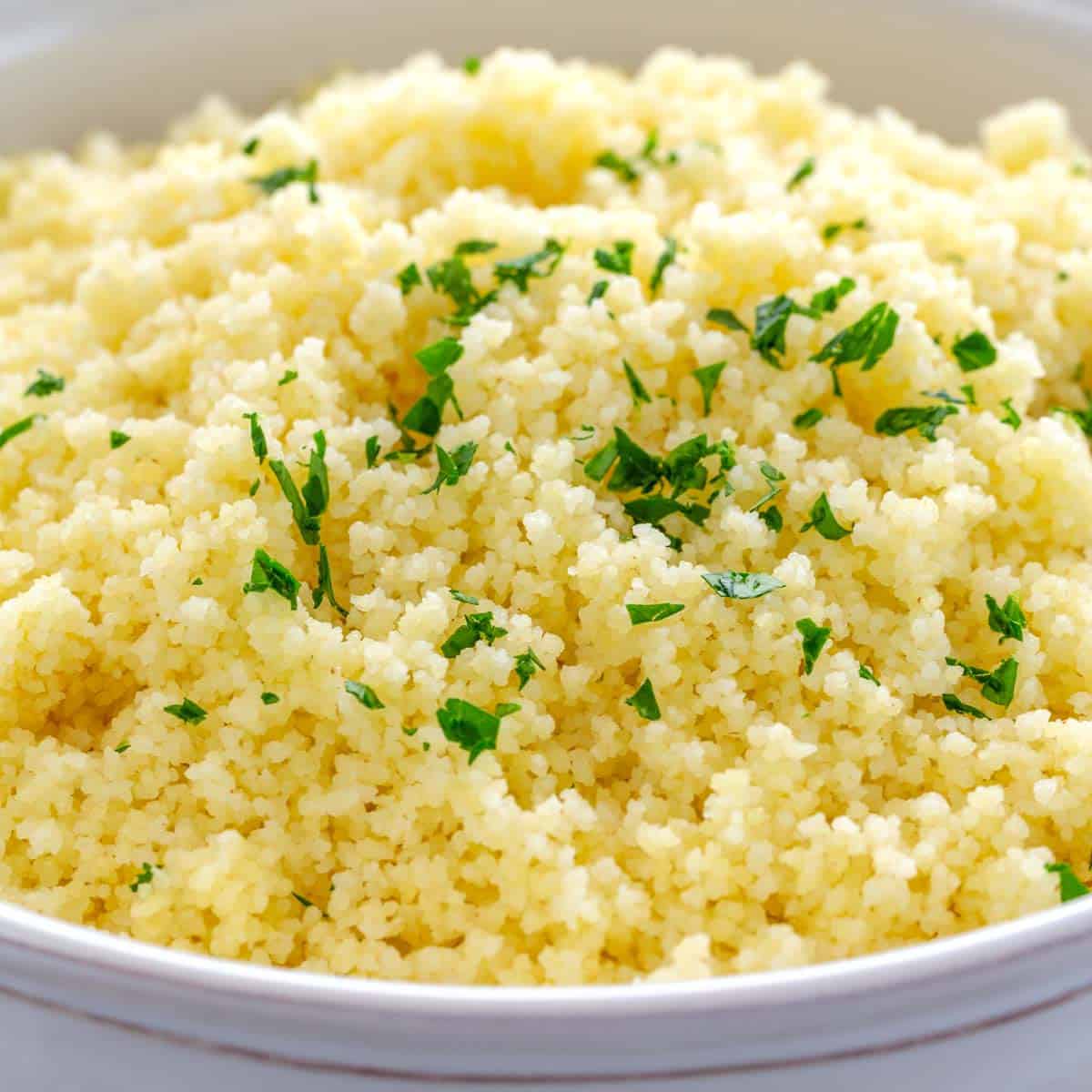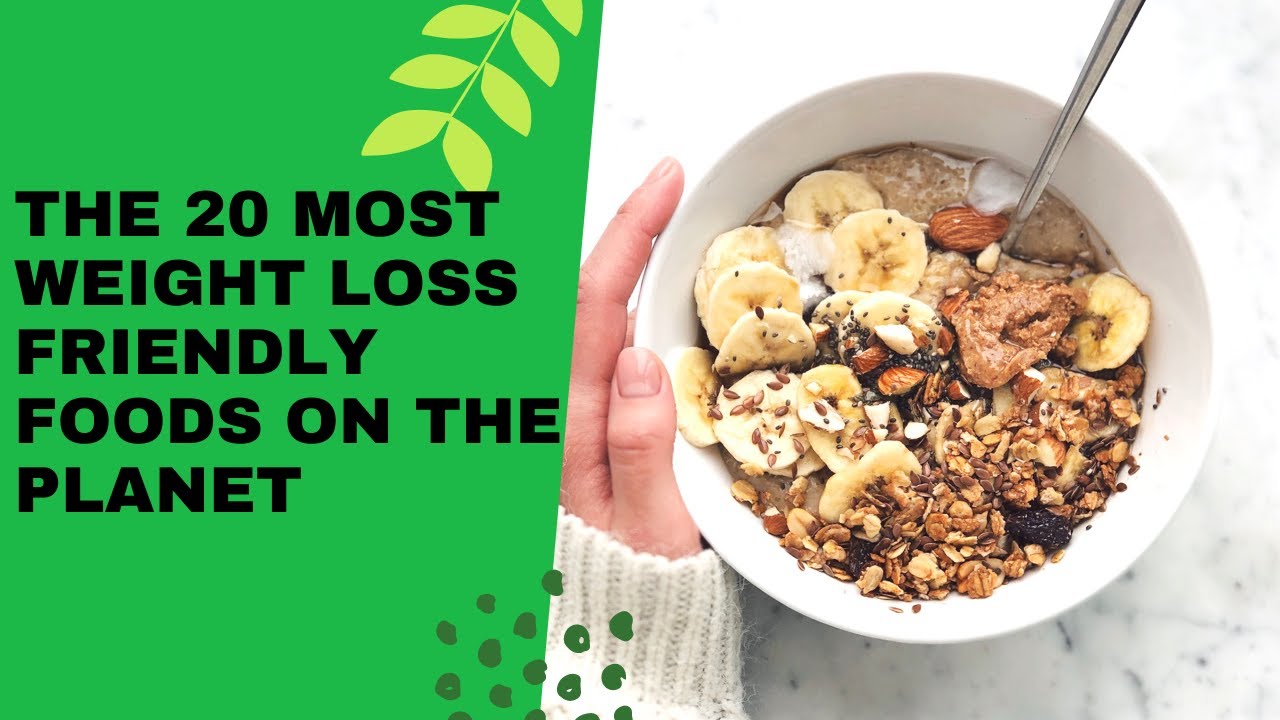Couscous 101: How to Make Fluffy and Flavorful Couscous in 7 Simple Steps

Couscous is a traditional North African dish made from tiny grains of semolina wheat. It’s a versatile and delicious ingredient that can be used in a variety of dishes, from salads to stews.
It is a versatile ingredient that can be used in a variety of dishes, including salads, stews, and even desserts. It is easy to prepare and can be cooked in just a few minutes. It is a good source of complex carbohydrates and fiber, and is low in fat and calories.
It can be flavored with herbs, spices, and other ingredients to create a range of different dishes, from savory to sweet. It is also a popular gluten-free alternative to pasta or rice.
Here’s a detailed recipe for making couscous from scratch:
Ingredients:
- 1 cup couscous
- 1 1/4 cups water or chicken or vegetable broth
- 1 tablespoon olive oil
- 1/4 teaspoon salt
Instructions:
- Place the couscous in a large bowl. Use a fork to break up any clumps and to separate the grains.
- In a separate saucepan, bring the water or broth to a boil. Add the olive oil and salt to the liquid. The olive oil will help prevent it from sticking together.
- Once the liquid comes to a boil, carefully pour it over the couscous in the bowl. Stir the couscous with a fork to combine it with the liquid. Make sure all the grains are covered with liquid.
- Cover the bowl with a tight-fitting lid or plastic wrap. Let it sit for 5-10 minutes to absorb the liquid. This will help soften the grains.
- After 5-10 minutes, remove the lid or plastic wrap from the bowl. Use a fork to fluff the couscous, separating any clumps and making sure all the grains are light and fluffy.
- At this point, you can add additional flavorings to the couscous. Some popular additions include herbs like parsley or cilantro, diced vegetables like tomatoes or cucumbers, or a squeeze of lemon juice. You can also add cooked meat or beans to make the couscous into a more substantial meal.
- Serve the couscous warm or at room temperature. It can be enjoyed as a side dish or as the base of a main course.
Tips:
- If you want to add more flavor to the couscous, you can use broth instead of water to cook it.
- You can also toast the couscous in a dry skillet before cooking it to give it a nutty flavor.
- Leftover couscous can be stored in an airtight container in the refrigerator for up to 3 days. To reheat, simply microwave it for 30-60 seconds or steam it over boiling water until heated through.
Couscous has several health benefits, including:
- High in complex carbohydrates: It is an excellent source of complex carbohydrates, which provide a steady release of energy and help to keep you feeling full and satisfied.
- Low in fat and calories: It is a low-fat and low-calorie food, making it a great choice for those who are watching their weight.
- Good source of fiber: It is high in fiber, which is important for maintaining healthy digestion and reducing the risk of certain diseases, such as heart disease, diabetes, and colon cancer.
- Rich in vitamins and minerals: It is a good source of several important vitamins and minerals, including B vitamins, iron, and magnesium.
- Versatile and easy to prepare: It is easy to prepare and can be flavored with a variety of herbs, spices, and other ingredients to create a range of different dishes.
- Gluten-free alternative: It is a gluten-free alternative to pasta or rice, making it a great choice for those with celiac disease or gluten intolerance.
Overall, couscous is a healthy and delicious ingredient that can be incorporated into a balanced diet.













